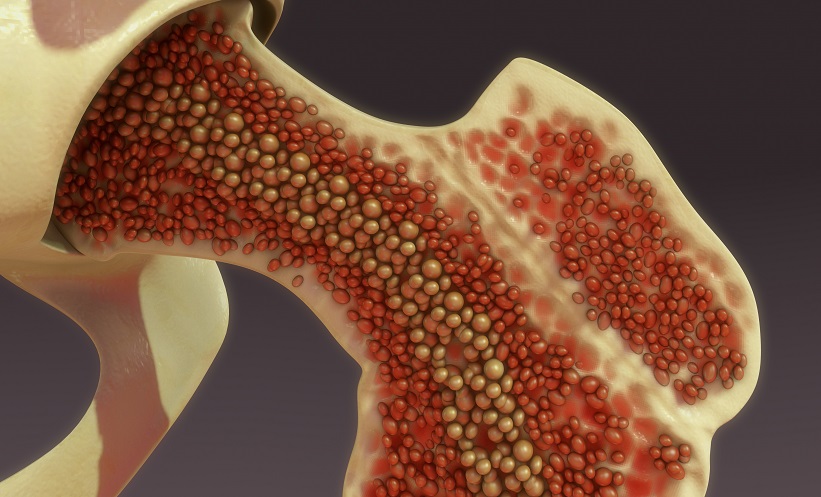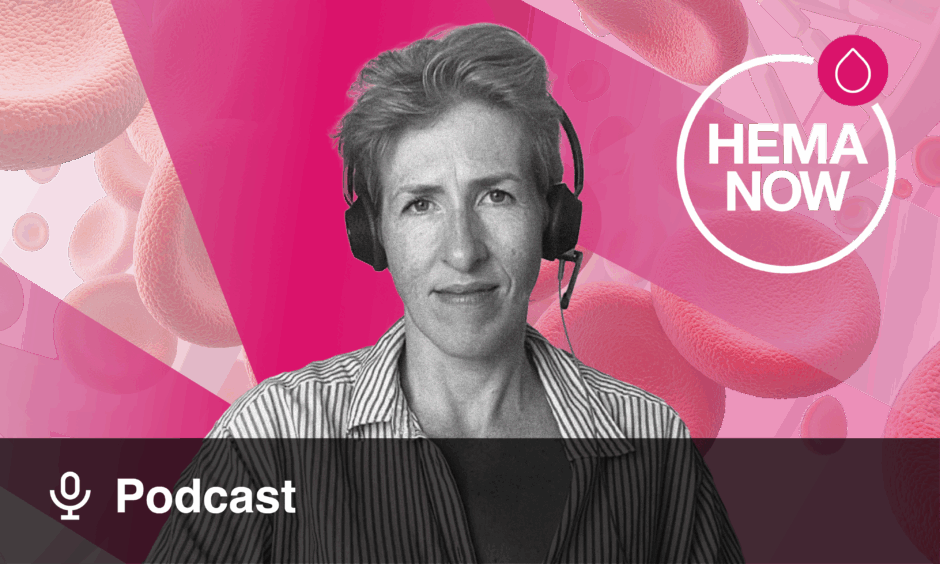Recent research has identified TGF-β1 signalling as a key driver of maladaptive repair in bone marrow endothelial cells (BM ECs), which form a specialised niche crucial for regulating haematopoietic stem cells. These insights open new therapeutic avenues for patients experiencing poor graft function after bone marrow transplantation, a serious complication where the bone marrow fails to produce enough blood cells.
Disrupted Endothelial Niches in Haematologic Disease
BM ECs are essential for haemopoiesis, supporting the growth and differentiation of blood stem cells. However, chronic stress signals, which are common in haematological disorders and after transplantation, can cause maladaptive repair of these cells. This results in loss of vascular regeneration and impaired haematopoietic support, causing reduced production of blood cells. Although TGF-β1 plays established roles in angiogenesis and tissue healing, its contribution to maladaptive endothelial cell repair in bone marrow remained unclear until now.
Mechanistic Insights and Clinical Implications
Using cell culture experiments and a mouse model engineered to overexpress active TGF-β receptor I specifically in BM ECs, scientists demonstrated that TGF-β1 activation suppresses key factors that support haematopoiesis and induces epithelial-mesenchymal transition pathways. Multiomics profiling indicated this effect stems from disrupted vascular endothelial growth factor receptor (VEGFR) and Notch receptor signalling, activating the p38α pathway.
Clinically, bone marrow samples from patients with poor graft function after transplantation showed hyperactivated TGF-β1 signalling. In vitro inhibition of TGF-β1 restored BM EC function. Building on this foundation, a prospective clinical study (NCT05629260) tested luspatercept, a TGF-β ligand trap, which significantly improved multilineage blood cell recovery in post-transplant patients.
These results suggest that targeting the TGF-β1 pathway could remodel bone marrow endothelial cells, restoring their support for haematopoiesis and enhancing recovery following transplantation. This offers promising new strategies to improve patient outcomes in haematologic diseases.
Reference
Lyu ZS et al. TGF-β1-triggered maladaptive bone marrow endothelium impedes hematopoietic recovery. Sig Transduct Target Ther. 2025;10:332.






